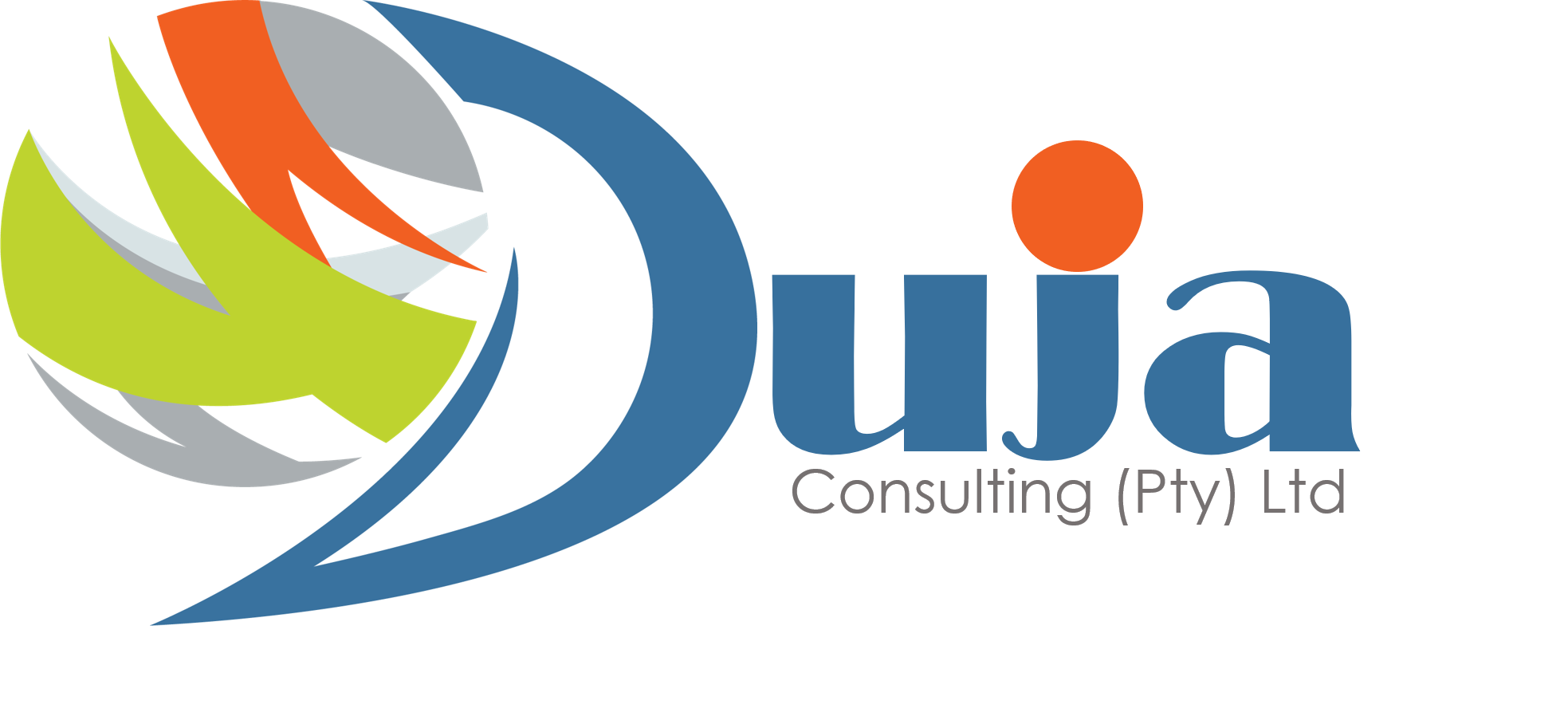Aligning Compliance Audits with Organisational Objectives: A Roadmap to Success
In today’s complex regulatory environment, compliance audits should be more than box-ticking exercises – they can be powerful tools to drive business value. Many organisations view compliance audits as tedious obligations to avoid penalties. However, by aligning these audits with broader organisational objectives, companies can transform compliance from a burden into a strategic advantage. This paper explores why aligning compliance audit activities with business goals is critical for success, the benefits of doing so, the risks of neglecting this alignment, and provides a practical roadmap for embedding compliance audits into strategic planning.

The Business Case for Alignment
Balancing regulatory compliance with organisational performance is a constant challenge for senior executives. On one hand, non-compliance can lead to hefty fines, legal action, and reputational damage; on the other, an overly rigid compliance approach can stifle innovation and slow operations. The key is to align compliance efforts with business goals to strike a healthy balance. When internal audit and compliance functions are not aligned with strategy, companies often face duplicate efforts, gaps in risk coverage, and reduced effectiveness. In contrast, aligning compliance audits with organisational objectives ensures that compliance initiatives support (rather than hinder) strategic outcomes.
Critically, effective compliance audits help organisations achieve their business objectives while avoiding costly consequences. According to IBM, well-executed compliance audits empower management to verify that internal risk controls are working, identify potential non-compliance, and trigger corrective action before issues escalate. In an era of massive regulatory penalties (e.g. fines up to 4% of global revenue under GDPR), integrating compliance audits into the business strategy provides assurance that the company is meeting its obligations and managing risk proactively. This alignment is especially vital for government agencies and small-to-medium enterprises, which often operate with limited resources – ensuring every compliance activity contributes value can prevent wasted effort and protect against expensive compliance failures.
Benefits of Aligning Compliance Audits with Objectives
When compliance audits are aligned with organisational goals, they deliver a range of business benefits beyond mere legal adherence.
Key advantages include:
- Enhanced Transparency and Trust: Compliance audits foster transparency by uncovering gaps in processes, policies, and documentation, giving management a clear view of operations. This clarity builds trust with regulators, investors and clients, as the organisation demonstrates integrity and accountability. Improved transparency also leads to better decision-making, since leadership has complete, accurate information and can make informed choices aligned to long-term goals.
- Improved Risk Management and Resilience: By examining activities in depth, audits identify vulnerabilities that could lead to regulatory penalties, financial loss or reputational harm. Addressing these issues proactively strengthens internal controls and safeguards the organisation’s viability. In effect, risk management becomes a proactive strategy rather than a reactive scramble. For example, detecting patterns of non-compliance in an area (say, financial reporting) enables a company to tighten controls or provide training before a crisis occurs. This forward-looking stance not only prevents incidents but also instils confidence among stakeholders that risks are under control.
- Operational Efficiency and Cost Savings: Aligned audits often reveal inefficiencies, redundancies or outdated practices that hinder performance. Companies can streamline workflows, eliminate bottlenecks and reduce waste by acting on audit findings, leading to direct cost savings and higher productivity. For instance, an audit might uncover overlapping responsibilities between departments, causing confusion and delays; by clarifying roles or automating repetitive tasks, the organisation can improve efficiency and redirect resources to strategic initiatives. In this way, compliance audits serve as a continuous improvement tool, helping to optimise operations.
- Competitive Advantage and Innovation: Rather than slowing the business down, aligned compliance audits can drive innovation. Audit insights grounded in real operational data may highlight opportunities to adopt new technologies or rethink traditional methods. For example, an audit finding on supply chain delays could prompt exploration of advanced analytics or blockchain to enhance transparency and speed. By treating compliance checkpoints as chances to improve, organisations turn compliance into a source of competitive advantage, leveraging audits to stay ahead of peers in efficiency and trustworthiness.
- Stronger Stakeholder Confidence and Reputation: Organisations that demonstrate robust compliance through successful audits send a powerful message of integrity and excellence to stakeholders. Investors, customers and partners are more likely to engage with a business they perceive as ethical and well-governed. A clean audit report acts as evidence of the company’s commitment to doing things right, reinforcing its reputation. In contrast, companies that handle audit findings transparently and implement improvements show accountability, further building stakeholder trust. Over time, this reputation management pays off: a trustworthy reputation attracts new business and helps retain clients, which is paramount in sectors where credibility is critical (finance, healthcare, public services, etc.).
- Cultural Accountability and Employee Engagement: Aligning audits with objectives encourages a culture of accountability. When employees know that processes are regularly checked and that compliance is taken seriously, they are more likely to follow protocols and take ownership of their role in the organisation’s success. This discipline reduces the likelihood of non-compliance incidents. Moreover, involving staff in the audit process (e.g. interviews, feedback on controls) can increase their engagement – they see that their work has impact on big-picture goals. An engaged workforce that values compliance contributes to higher morale and performance, creating a virtuous cycle where compliance and business success reinforce each other.
- Continuous Improvement and Adaptability: Each audit provides data and insights that organisations can use to refine practices. By leveraging audit findings to address weaknesses and also recognise what’s working well, companies establish a cycle of continuous improvement. This keeps the organisation agile and adaptable in a dynamic environment. Regular audits effectively benchmark progress, set improvement targets, and monitor changes over time. Additionally, aligning audits with strategic objectives ensures the company stays prepared for future regulatory changes. With regulations evolving rapidly, audit processes that flag upcoming compliance requirements enable the business to adjust proactively and avoid being caught off guard. In short, alignment makes compliance a built-in component of strategic planning, so the organisation can navigate change with confidence.
In summary, when compliance audits are integrated with organisational objectives, they deliver value on multiple fronts – from risk mitigation and efficiency gains to innovation, reputation enhancement, and a stronger corporate culture. These benefits highlight that compliance efforts, if aligned properly, directly support business performance and strategic growth.
Risks and Implications of Not Getting It Done
Failing to align compliance audits with business objectives – or worse, neglecting compliance audits altogether – carries significant risks. Non-compliance itself can result in severe penalties, legal action, operational disruptions, and long-term reputational harm. A study on the cost of non-compliance found that a single compliance lapse can cost organisations millions in lost revenue. Clearly, treating compliance audits as an afterthought can expose a business to avoidable threats.
Equally, misalignment between compliance activities and the organisation’s goals can waste valuable resources. Redundant or siloed audit efforts may duplicate work and burden staff unnecessarily. Meanwhile, critical risks might go unaddressed if audit plans aren’t focused on the areas most impactful to the business. This inefficient allocation of effort means higher costs with fewer benefits – effectively, the organisation pays for compliance overhead without reaping strategic rewards.
Another implication of poor alignment is the potential for a culture clash. If employees see compliance checks as irrelevant to the company’s mission or their day-to-day work, they may become disengaged or even resistant. Compliance then becomes a “tick-box” exercise, and its findings are less likely to be acted upon. The organisation misses out on the improvements and insights that a well-aligned audit could have delivered, and minor issues may fester into major problems.
In contrast, aligning compliance audits with objectives helps avoid both extremes mentioned earlier: the chaos of non-compliance and the drag of over-compliance. As one industry expert noted, insufficient compliance leads to fines and reputational damage, while an excessively compliance-focused approach can bog down innovation and increase costs. The cost of not getting the alignment right is therefore twofold – increased risk exposure and lost business opportunities. Senior executives should recognise that the status quo of unaligned compliance is unsustainable in a world of aggressive regulators and demanding stakeholders.
A Roadmap to Success: Aligning Audits with Organisational Goals
Achieving alignment between compliance audits and organisational objectives requires a structured approach. Below is a practical roadmap (in four key steps) that executives and compliance leaders can follow to ensure audit activities are fully integrated with business strategy:
- Understand the Organisation’s Strategic Objectives: The first step is gaining a clear understanding of the company’s strategic goals and priorities. Compliance and audit teams must communicate regularly with senior management and key stakeholders to learn what “success” looks like for the organisation. By knowing the corporate strategy – whether it’s expanding into new markets, driving digital transformation, improving customer trust, etc. – auditors can identify which compliance areas are mission-critical. For example, if increasing market share is a strategic goal, audits might focus on compliance in marketing practices, product quality, or competitive behaviour that could impede growth. This alignment ensures everyone recognises which regulatory or policy requirements most directly impact strategic success.
- Identify Key Risks and Controls Related to Strategic Goals: Once objectives are known, the compliance audit plan should target the risks that threaten those objectives. Conduct a risk assessment to map out legal, regulatory, and operational compliance requirements relevant to each strategic goal. Determine where the organisation is most vulnerable: Are there regulations that could hinder a new product launch? Could data privacy compliance affect a digital strategy? Evaluate existing controls in those areas to see if they adequately mitigate the identified risks. For instance, if a strategic aim is operational excellence, key risks might include safety compliance or quality control failures – auditors should check if current processes meet required standards and identify gaps. This step ensures the audit scope is laser-focused on what matters most for achieving business objectives.
- Prioritise and Plan Audit Activities Based on Risk: Not all compliance issues are equal. After identifying relevant risks, rank them by likelihood and potential impact on the business. High-risk areas that could cause major financial or reputational damage should receive the most audit attention and resources. Medium and lower risks can be scheduled less frequently or monitored via simpler checklists. The outcome is a risk-based audit plan aligned with strategic priorities – for example, if cybersecurity compliance is crucial to a new digital initiative, it might warrant a dedicated audit this quarter, whereas lower-risk areas might be reviewed annually. By aligning audit frequency and depth to risk level, the organisation allocates its compliance resources efficiently. This prioritisation step prevents spreading the audit team too thin and ensures critical issues are examined with appropriate rigor. It also communicates to stakeholders that the company concentrates its compliance efforts where they add the most value.
- Communicate Findings and Integrate Improvements: An aligned compliance audit truly delivers value when its findings inform decision-making and improvement plans. After each audit, results should be reported clearly to management, highlighting how any issues found might impact strategic goals and offering actionable recommendations. Rather than a technical checklist, the audit report should connect compliance gaps to business outcomes – for example, “Non-compliance in X could hinder our expansion into Y market” or “Strengthening control Z will protect our customer trust metric.” This translation of audit findings into business terms helps executives see compliance as part of performance improvement. Crucially, organisations must then act on the recommendations: update policies, invest in better controls, provide staff training, or streamline processes as needed. By feeding audit insights back into strategic planning, the company closes the loop, aligning future operations even more closely with objectives. Effective communication and follow-through ensure that compliance audits continuously support the organisation’s goals, not only by catching problems but by catalysing enhancements.
By following this roadmap – understanding goals, targeting key risks, prioritising audits, and communicating results – companies can firmly embed compliance into the fabric of their strategy. Aligned in this way, compliance audits become a source of assurance and guidance for leadership. As one analysis noted, when audit objectives mirror business strategy, auditors can give management valuable insight on critical risks to success and confirm that strategic initiatives are properly supported. In practice, this means the audit function transitions from a policing role to a strategic partner, providing intelligence that helps steer the organisation.
Conclusion
Aligning compliance audits with organisational objectives is not just a governance exercise – it’s a smart business move and a roadmap to success. When done correctly, this alignment ensures that every compliance check and control review is contributing to the company’s mission, whether by protecting against threats, improving efficiency, or unlocking opportunities for growth. The benefits are tangible: companies see stronger risk management, cost savings, innovation, and reputational gains, all of which drive competitive advantage. Equally important, an organisation that treats compliance as an integral part of its strategy is far less likely to suffer nasty surprises such as regulatory fines or ethical scandals, because potential issues are caught and addressed early.
For senior executives in both the public sector and private mid-sized firms, the message is clear. Compliance alignment is a business enabler: it fortifies your organisation’s resilience and credibility, and it positions you to achieve your goals without sidestepping legal and ethical obligations. Conversely, ignoring this alignment can lead to wasted resources, unmitigated risks, and strategic blind spots that jeopardise success. The time to act is now – by embracing compliance audits as tools for insight and improvement, and by following a structured roadmap to integrate them with your organisational objectives, you set your enterprise on a course for sustainable, compliant growth. In the end, aligning compliance audits with business objectives transforms compliance from a cost centre into a value creator, ensuring that doing the right things also means doing the right things for the business.











